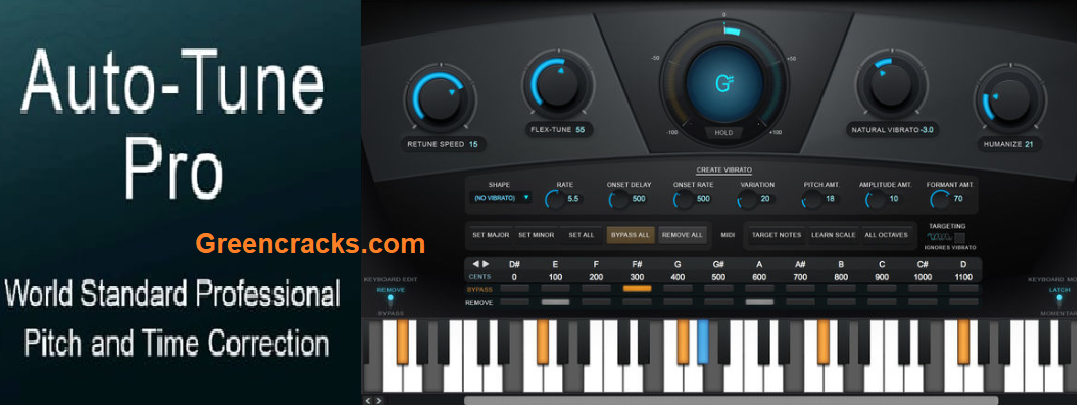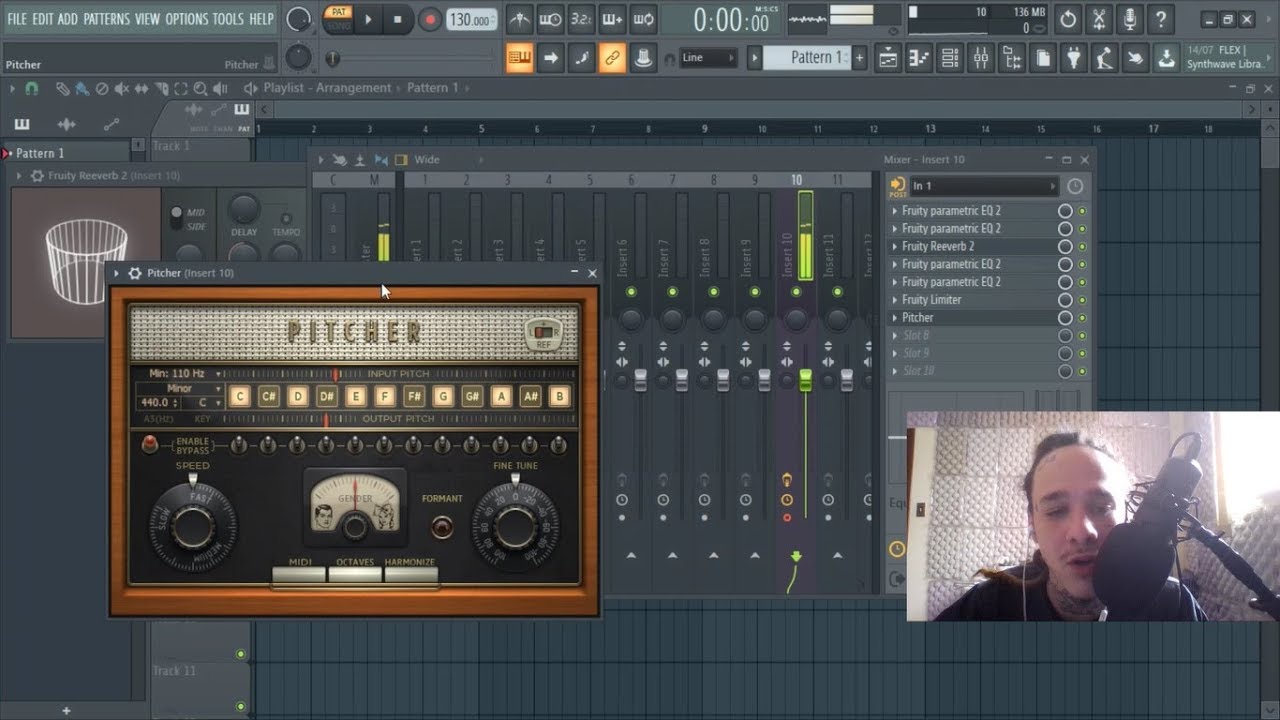
If you've assigned it a key, you've got music."
ANTARES AUTOTUNE FL STUDIO SOFTWARE
According to singer Thom Yorke, the software "desperately tries to search for the music in your speech, and produces notes at random. Radiohead used Auto-Tune on their 2001 album Amnesiac to create a "nasal, depersonalised sound" and to process speech into melody. After the success of "Believe" the technique was initially referred to as the "Cher effect". In an early interview, the producers of "Believe" claimed they had used a DigiTech Talker FX pedal, in what Sound on Sound 's editors felt was an attempt to preserve a trade secret. While working with Cher on the song "Believe" in 1998, producers Mark Taylor and Brian Rawling discovered that if they set Auto-Tune on its most aggressive setting, so that it corrected the pitch at the exact moment it received the signal, the result was an unsettlingly robotic tone. Cher's producers used the device to "exaggerate the artificiality of abrupt pitch correction", contrary to its original purpose. Originally, Auto-Tune was designed to discreetly correct imprecise intonations, in order to make music more expressive, with the original patent asserting that "When voices or instruments are out of tune, the emotional qualities of the performance are lost." Īccording to Chris Lee of the Los Angeles Times, Cher's 1998 song " Believe" is "widely credited with injecting Auto-Tune's mechanical modulations into pop consciousness". Hildebrand had come up with the idea for a vocal pitch correction technology on the suggestion of a colleague's wife, who had joked that she could benefit from a device to help her sing in tune.

Īccording to the Auto-Tune patent, the referred implementation detail simply consists, when processing new samples, of reusing the former autocorrelation bin, and adding the product of the new sample with the older sample corresponding to a lag value, while subtracting the autocorrelation product of the sample that correspondingly got out of window. Music industry engineers had previously considered the use of autocorrelation impractical because of the massive computational effort required, but Hildebrand found a "simplification changed a million multiply adds into just four. His method for detecting pitch involved the use of autocorrelation and proved to be superior to earlier attempts based on feature extraction that had problems processing certain aspects of the human voice such as diphthongs, leading to sound artifacts. Over several months in early 1996, he implemented the algorithm on a custom Macintosh computer, and presented the result at the NAMM Show later that year, where "it was instantly a massive hit." research engineer who specialized in stochastic estimation theory and digital signal processing. History Īuto-Tune was launched in September 1997 by Andy Hildebrand, a Ph.D. Instruments such as the Peavey AT-200 guitar seamlessly use Auto-Tune technology for real time pitch correction.
ANTARES AUTOTUNE FL STUDIO PROFESSIONAL
Īuto-Tune has become standard equipment in professional recording studios. Auto-Tune can also be used as an effect to distort the human voice when pitch is raised or lowered significantly, such that the voice is heard to leap from note to note stepwise, like a synthesizer. The processor slightly shifts pitches to the nearest true, correct semitone (to the exact pitch of the nearest note in traditional equal temperament). Īuto-Tune is available as a plug-in for digital audio workstations used in a studio setting and as a stand-alone, rack-mounted unit for live performance processing. In its role distorting vocals, Auto-Tune operates on different principles from the vocoder or talk box and produces different results.

Its use is now more entrenched than ever." In 2018, music critic Simon Reynolds observed that Auto-Tune had "revolutionized popular music", calling its use for effects "the fad that just wouldn't fade.

The 1998 Cher song " Believe" popularized the technique of using Auto-Tune to distort vocals, which became known as the " Cher effect". Īuto-Tune was originally intended to disguise or correct off-key inaccuracies, allowing vocal tracks to be perfectly tuned despite originally being slightly off-pitch. Auto-Tune uses a proprietary device to measure and alter pitch in vocal and instrumental music recording and performances. Auto-Tune (or autotune) is an audio processor introduced in 1997 by and registered trademark of Antares Audio Technologies.


 0 kommentar(er)
0 kommentar(er)
